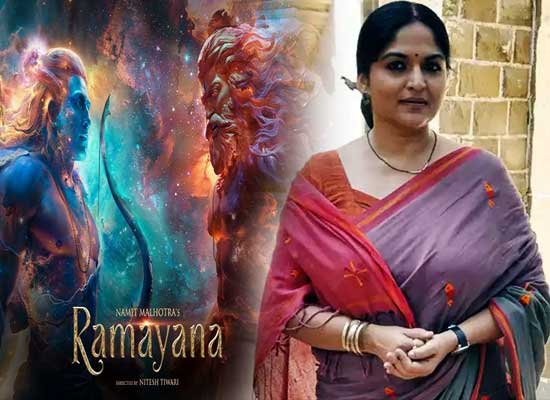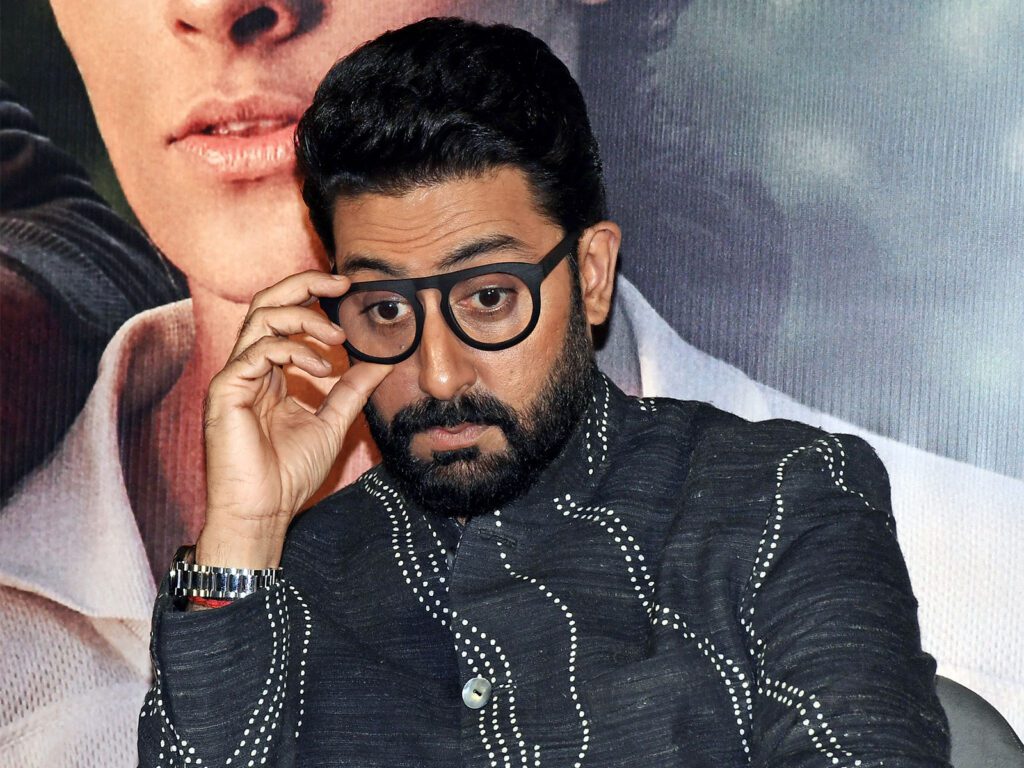Now Reading: Ranbir Kapoor’s ‘Ramayana’ to Use 86 Cameras and Hollywood-Level VFX for Epic Storytelling
-
01
Ranbir Kapoor’s ‘Ramayana’ to Use 86 Cameras and Hollywood-Level VFX for Epic Storytelling
Ranbir Kapoor’s ‘Ramayana’ to Use 86 Cameras and Hollywood-Level VFX for Epic Storytelling

The upcoming mythological epic Ramayana, starring Ranbir Kapoor and Yash, is shaping up to be one of India’s most ambitious film projects. Actress Indira Krishnan, who plays a key role in the film, recently revealed that the production is using 86 cameras and advanced VFX technology similar to what was seen in Christopher Nolan’s Interstellar. The scale and tech behind this project are turning heads across the film industry — and among movie lovers in Tier 2 cities.
A Cinematic Leap for Indian Mythology
Ramayana is being directed by Nitesh Tiwari, known for films like Dangal and Chhichhore, and promises to reimagine the ancient Indian epic through a visually rich and emotionally engaging narrative. With Ranbir Kapoor portraying Lord Ram and Yash rumored to play Ravan, expectations are already sky-high.
The film aims to bring global cinematic standards to Indian mythology, blending culture with cutting-edge filmmaking tools.
86 Cameras and Next-Gen VFX
According to Indira Krishnan, the production is using as many as 86 cameras to capture scenes with the precision and depth often seen in high-budget Hollywood films. The technology will allow the filmmakers to recreate complex action sequences and grand visuals with lifelike detail.
What’s more, the team is said to be using virtual production tools similar to those employed in Interstellar, promising an immersive experience for audiences across the country.
India’s Answer to Epic Visual Storytelling
In recent years, Indian cinema has seen several large-scale productions, from Baahubali to RRR. However, Ramayana is positioning itself differently — not just as a visual spectacle, but as a culturally grounded tale told with advanced tools.
This blend of tradition and technology could appeal to audiences in both urban metros and Tier 2 cities like Indore, Lucknow, and Coimbatore, where interest in mythological stories remains strong.
Changing the Way Indian Films Are Made
The use of such large-scale technology is a sign of how Indian filmmakers are evolving to meet global standards. Virtual sets, multi-camera rigs, and real-time CGI feedback are slowly becoming part of mainstream production, giving Indian stories a global edge.
If Ramayana succeeds, it may pave the way for other Indian films to invest in similar storytelling techniques — particularly those rooted in historical or mythological narratives.
Conclusion
With its combination of an iconic story, a stellar cast, and game-changing technology, Ramayana is being closely watched as a milestone moment in Indian cinema. As audiences grow more tech-savvy — especially in Tier 2 cities — expectations for high-quality visual experiences are rising. Ramayana might just set the benchmark for how ancient stories can be told in a modern cinematic language.

























